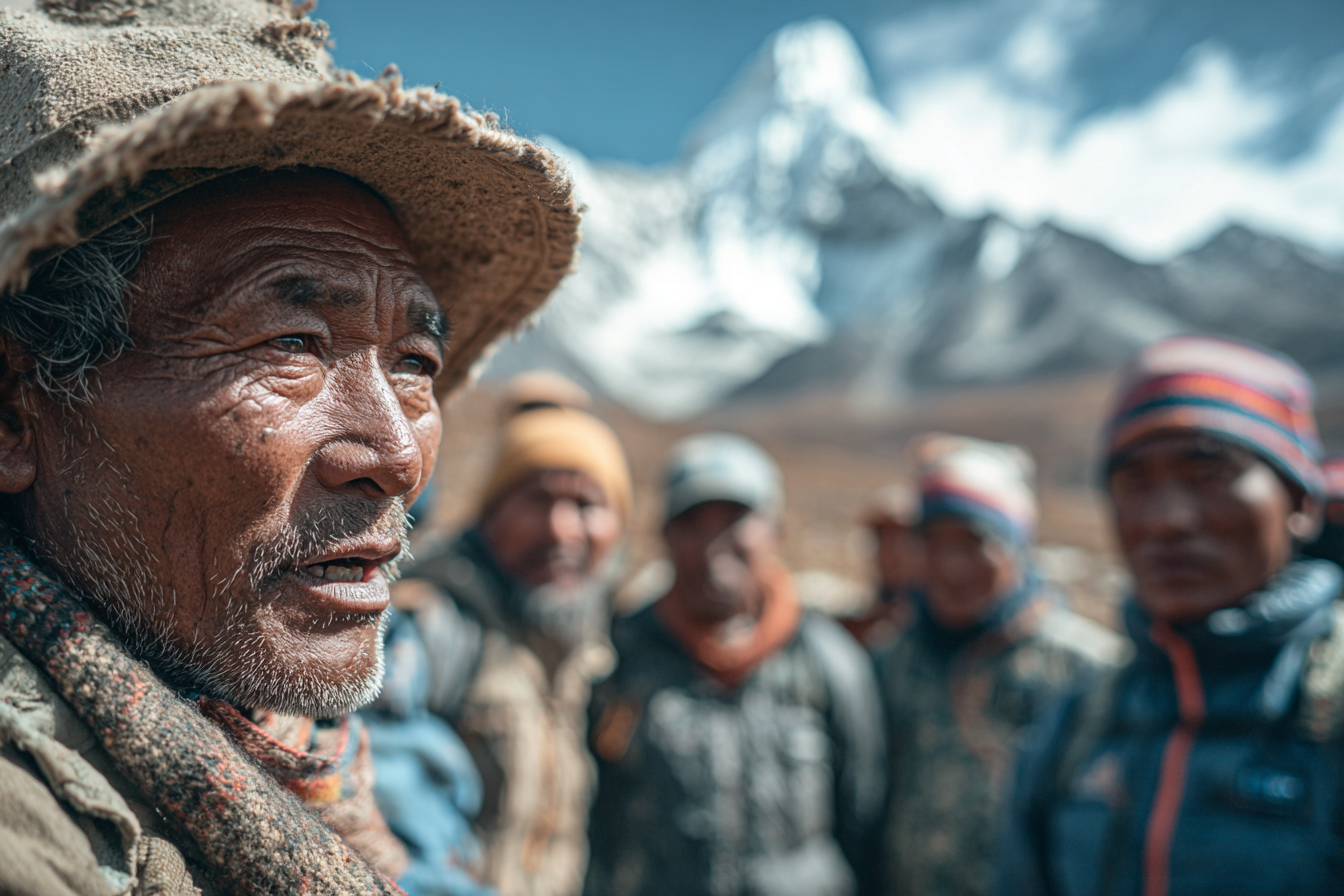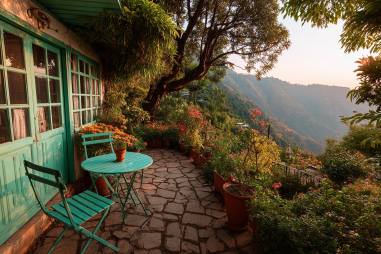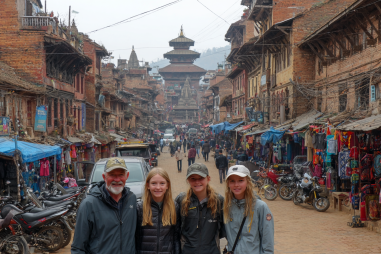Embarking on the Everest Base Camp (EBC) trek is a dream adventure for many. The allure of standing at the foot of the world’s highest peak is unmatched, but it’s no small feat. Navigating high altitudes, unpredictable weather, and rugged terrain requires not only physical preparedness but also a well-planned approach. This is where hiring Everest Base Camp guide services can make a huge difference. Whether you’re a first-time trekker or a seasoned adventurer, having a knowledgeable guide can enhance your experience in multiple ways. Let’s dive into why hiring a guide is beneficial, what to expect from the services, cost considerations, and tips to choose the best guide for your trek.
Why Hire a Guide for Everest Base Camp Trek?
Trekking to Everest Base Camp is thrilling but can also be challenging and sometimes risky. Hiring a guide offers several advantages beyond just having company on the trail:
- Safety: Guides are trained to handle emergencies, recognize altitude sickness symptoms early, and provide first aid if necessary. Their experience enables swift decision-making, which is crucial in the high-altitude environment.
- Local Knowledge: Guides are familiar with the region’s culture, history, flora, fauna, and even hidden trails. This enriches your trek by providing insights into Sherpa culture, local customs, and interesting landmarks you might miss otherwise.
- Logistical Support: Navigating permits, accommodation bookings, and meal planning can be complicated. A guide handles these arrangements, freeing you to focus on enjoying the journey.
- Motivation and Pace Setting: Trekking at high altitude demands pacing and endurance. A guide helps maintain an appropriate pace to aid acclimatization and keep spirits high, ensuring that you don’t rush or overexert yourself.
Typical Services Included in Guide Packages
When you hire Everest Base Camp guide services, you can expect a comprehensive set of offerings designed to support your trek smoothly and safely. Typical services include:
- Pre-trek Briefings: Preparation tips on gear, fitness, and acclimatization strategies before the trek begins.
- Permit Assistance: Handling required trekking permits and TIMS (Trekkers’ Information Management System) cards.
- Route Navigation and Trekking Support: Leading the group, providing route information, and helping manage acclimatization days thoughtfully.
- Accommodation and Meals: Arranging tea houses or lodges along the route, often helping to choose clean and comfortable places to stay.
- Emergency Assistance: Organizing evacuations or medical support if necessary.
- Cultural Interpretation: Explaining Sherpa traditions, monasteries, and lifestyle.
Cost Range and Payment Structures
Costs for hiring Everest Base Camp guide services vary depending on the agency, the type of service (private or group), and the duration of the trek. On average, guide fees range from USD 25 to 40 per day. This usually covers:
- Professional guiding services
- Basic insurance for the guide
- Accommodation and meals for the guide during the trek
Additional costs you might encounter include tips, which are common in Nepal and appreciated for good service.
Payment structures typically involve:
- Deposit: A portion of the fee upfront to secure your booking.
- Full Payment: Remaining balance before departure or upon arrival in Nepal.
Some agencies offer all-inclusive packages that bundle guides, porters, accommodation, meals, and sometimes even flights and gear rentals.
How to Find Reputable Guides and Agencies
Choosing a reliable guide or agency is crucial for a safe and enjoyable trek. Here are some tips to help you find reputable services:
- Research Online Reviews: Websites like TripAdvisor, Lonely Planet forums, and dedicated trek review platforms provide first-hand feedback from previous trekkers.
- Verify Credentials: Check if the guide has the necessary government licenses and affiliations with recognized trekking associations.
- Ask for Recommendations: Friends, travel bloggers, or trekking communities often have trusted contacts.
- Compare Packages: Look at what is included in different guide services and choose based on your priorities—some offer more personalized attention or specific expertise.
- Communicate in Advance: Contact the guide or agency to discuss your experience level, any health concerns, and expectations to gauge professionalism and responsiveness.
The Role of Guides in Acclimatization and Safety
Altitude sickness is a serious concern during the Everest Base Camp trek. Guides play an essential role in monitoring your health and ensuring proper acclimatization by:
- Recommending rest days at strategic points such as Namche Bazaar or Dingboche to allow your body to adjust.
- Recognizing early signs of Acute Mountain Sickness (AMS) such as headaches, nausea, and dizziness.
- Implementing contingency plans like descending to a lower altitude if symptoms worsen.
- Guiding proper hydration and nutrition habits to support acclimatization.
- Ensuring your pace is sustainable and advising against overexertion.
Additionally, guides manage risks related to weather, terrain hazards, and emergency situations, acting as your advocate in the mountains.
Legal Requirements for Guides
In Nepal, trekking guides must hold a government-issued license, which requires completion of official training programs covering guiding skills, first aid, mountain safety, and cultural knowledge. Licensed guides are registered with the Nepal Association of Trekking Agents (NATA) or the Trekking Agents Association of Nepal (TAAN).
Hiring licensed guides is vital not only because it supports the local trekking industry standards but also because it ensures the guide has been evaluated for competence and knowledge essential to your safety and the quality of your experience.
Trekking With or Without a Guide: Pros and Cons
Deciding whether to trek Everest Base Camp with or without a guide depends on your experience, confidence, and expectations.
Pros of Trekking With a Guide
- Enhanced Safety and Support
- Local Insights and Cultural Experience
- Less Stress Over Logistics
- Assistance in Emergencies
- Helps with Language Barriers
Cons of Trekking With a Guide
- Additional Cost
- Less Freedom to Explore Independently
- Dependence on Guide’s Schedule
Pros of Trekking Without a Guide
- Lower Cost
- More Flexibility in Itinerary
- Personal Challenge and Independence
Cons of Trekking Without a Guide
- Higher Risk Due to Lack of Expertise
- Increased Logistic Complexity
- Missed Cultural and Historical Context
- Language Barriers with Locals
Ultimately, if this is your first time trekking at high altitude or trekking in Nepal, hiring a guide is highly recommended to maximize safety and enjoyment. Experienced trekkers comfortable with navigation and planning may consider going solo or with a companion.
Making an Informed Decision
Hiring Everest Base Camp guide services can substantially elevate your trekking experience. Beyond safety, guides open doors to deep cultural understanding and help overcome logistical hurdles. While the added expense is a consideration, the peace of mind and enriched adventure often outweigh the costs.
Before you set off on your journey, weigh the pros and cons, assess your trekking experience, and research trustworthy agencies or individual guides. Prepare your questions, discuss your health status, and confirm exactly what the service includes. Whether you go with a guide or independently, respect the mountains and trek responsibly to make your Everest Base Camp adventure memorable and safe.







